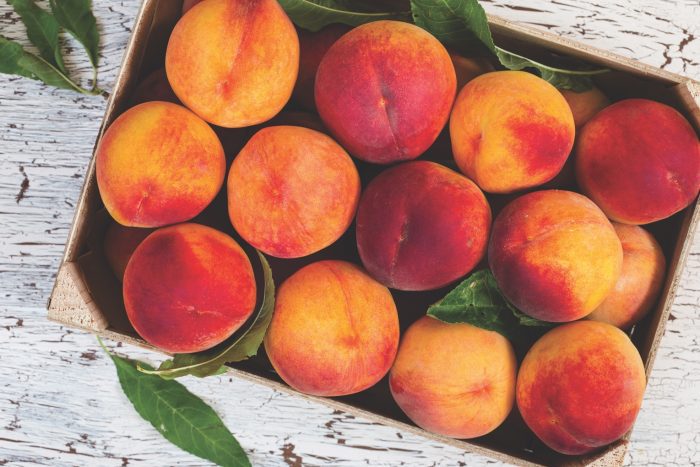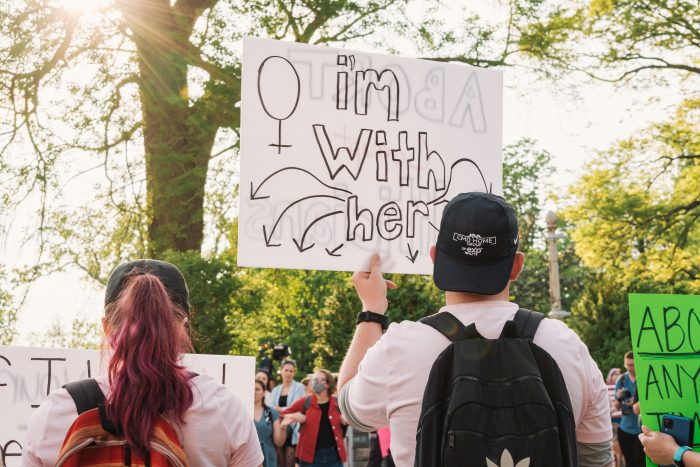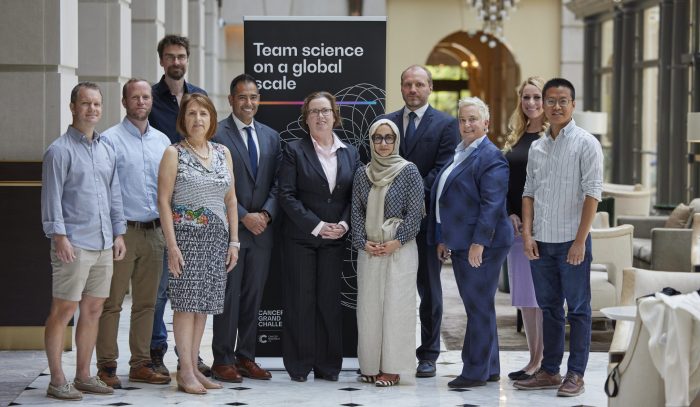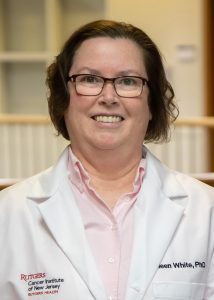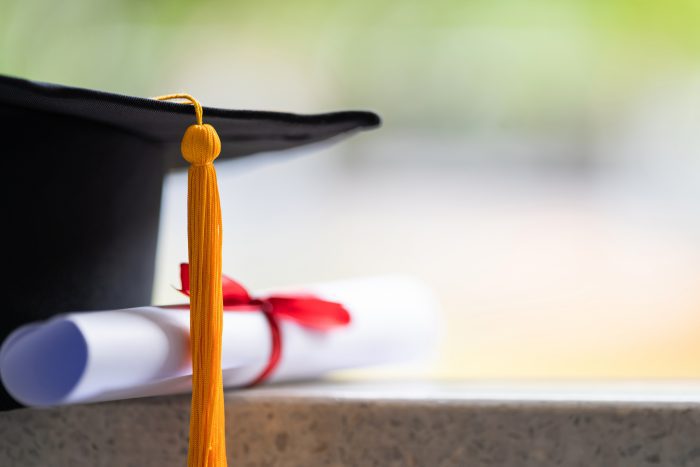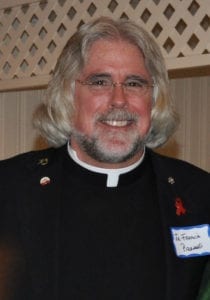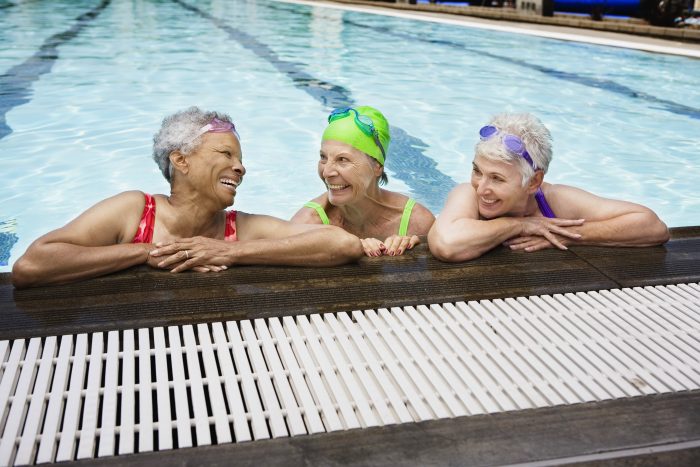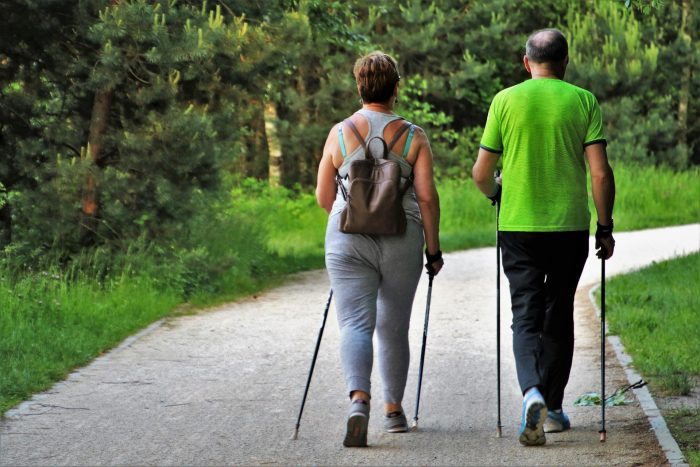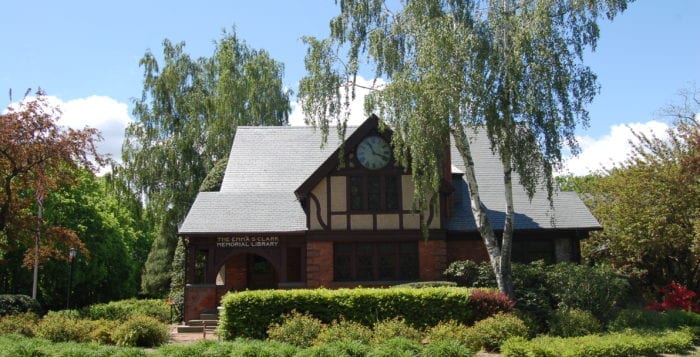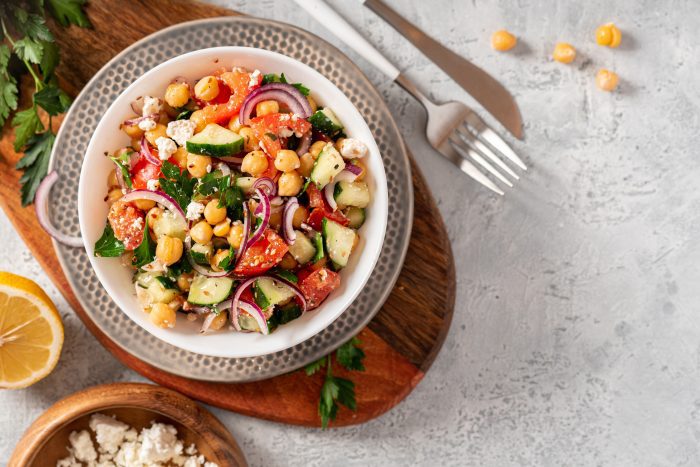By Barbara Beltrami
They’re here! Grab one and bite into it. Let the juice run down your chin, down your arm and onto your shirt. If it’s a good peach, who cares? If it’s not, you’ve wasted your money and made an unnecessary mess. And in my experience there’s no way of knowing whether it will be succulent and delicious or taste like a raw potato. It’s also been my experience that a peach’s quality has nothing to do with its price.
I’ve bought peaches that are all rosy and perfect looking in green quart baskets at local farm stands and paid a handsome price for them only to have them go furry on me before they’re even ripened, and I’ve bought peaches on sale at the supermarket that are not so rosy and are hard as rocks and had them ripen and taste wonderful. It’s really anybody’s guess what the variable is.
The only thing I can say is that one should never ever buy a peach with any blemish whatsoever because it will not end well. You’ll ultimately have to salvage parts of that peach that have not started to rot and cook them up to go with a nice dish of vanilla ice cream. Should you have to do that, here are a few recipes to try.
Peach Tart
YIELD: Makes 6 to 8 servings
INGREDIENTS:
1 1/2 cups flour
1/4 cup sugar
1/2 teaspoon baking powder
7 tablespoons butter, softened
1 large egg
1 egg yolk
1/4 cup + 2 tablespoons apricot jam
4 medium peaches, cut into 1/2” wedges
Confectioners’ sugar for dusting
DIRECTIONS:
Place oven rack in lower third of oven, then preheat oven to 375 F. In a food processor combine the flour, sugar, baking powder, and butter. Pulse a few times to blend, then add the egg and egg yolk and pulse just until a soft dough forms; turn the dough out onto a pastry board and knead until it all comes together. Press the dough onto the bottom and sides of a 10 1/2” fluted tart pan with a removable bottom.
Spread the quarter cup jam over the bottom crust, then arrange peaches in concentric circles on top. Bake for 20 minutes or until crust is a light golden color and peaches are still a little hard; spread the remaining two tablespoons jam over the peaches and return tart to oven and bake for 25-30 minutes more, until crust is a nice golden color and peaches are tender.
Let cool about 30 minutes, then dust with confectioners’ sugar, remove from pan and serve warm with creme fraiche.
Peachy Barbecue Sauce
YIELD: Makes about 2 cups
INGREDIENTS:
2 tablespoons olive oil
1 large shallot, diced
One 3” piece ginger, peeled and diced
3/4 pound peeled, pitted and diced fresh peaches
3/4 cup apple cider vinegar
1/2 cup brown sugar, firmly packed
Salt and pepper to taste
1 teaspoon dried hot pepper flakes
DIRECTIONS:
In a medium saucepan over high heat, warm the oil, then add the shallot and ginger; stirring often, cook until shallot is soft, about 3-5 minutes; add peaches, vinegar, brown sugar, salt and pepper, and hot pepper flakes; stir and bring to a simmer, lower heat and maintain a gentle simmer until the peaches are very soft, about 25-30 minutes. Using an immersion blender, puree the sauce until it reaches desired consistency, then use to baste ribs, chicken or pork and serve with corn on the cob.
Peach Crisp
YIELD: Makes 6 servings
INGREDIENTS:
3 pounds fresh peaches, peeled, pitted, diced
1/2 cup firmly packed brown sugar
1/2 cup flour
1/2 cup rolled or quick oats
1 teaspoon ground cinnamon
1/2 teaspoon freshly ground nutmeg
Pinch salt
6 tablespoons unsalted butter
DIRECTIONS:
Preheat oven to 375 F. Butter a 9” square baking dish. Arrange peaches evenly in baking dish. In a medium bowl, combine brown sugar, flour, oats, cinnamon, nutmeg, salt and butter. Mix until it achieves a crumbly consistency; sprinkle over peaches; bake until golden brown and crispy on top, about 30 minutes. Serve warm with vanilla ice cream.

